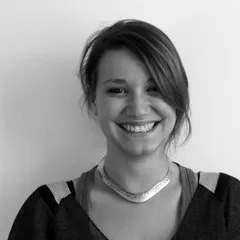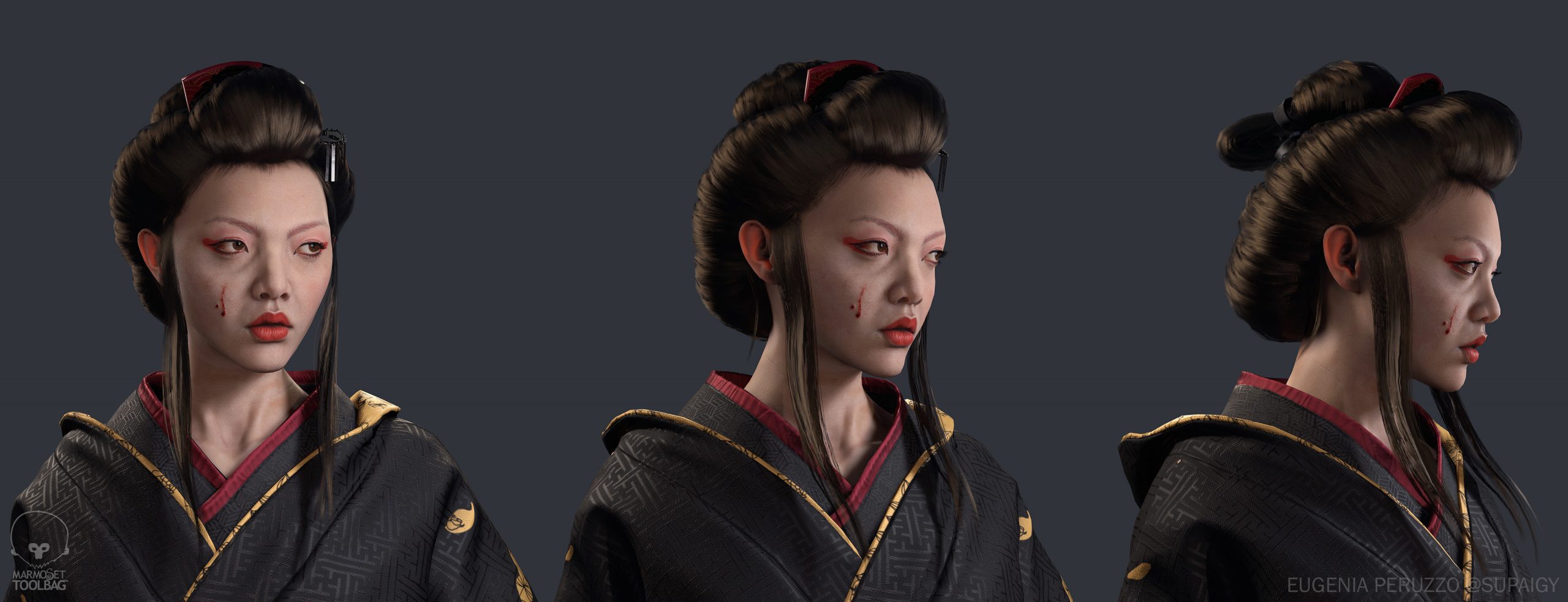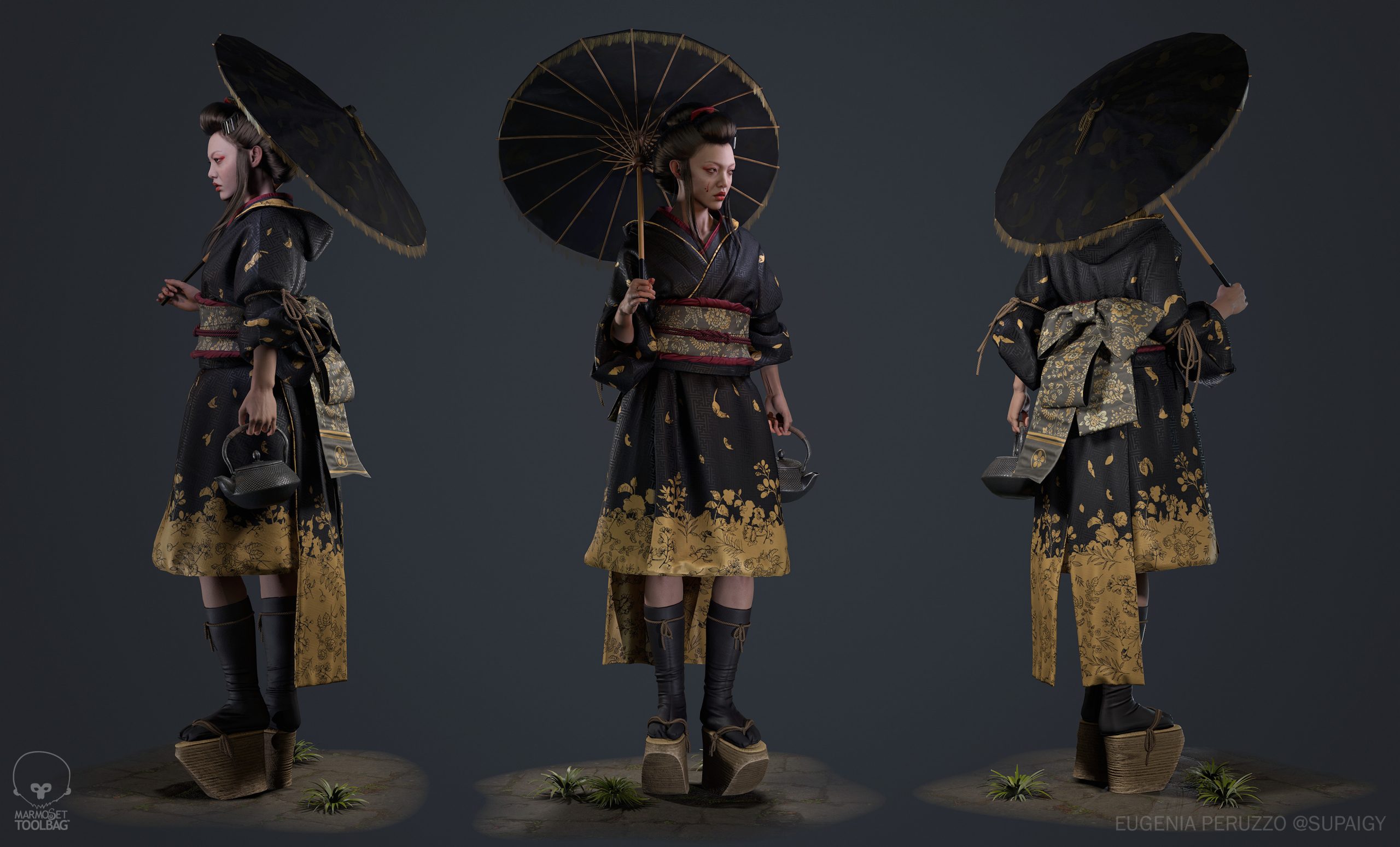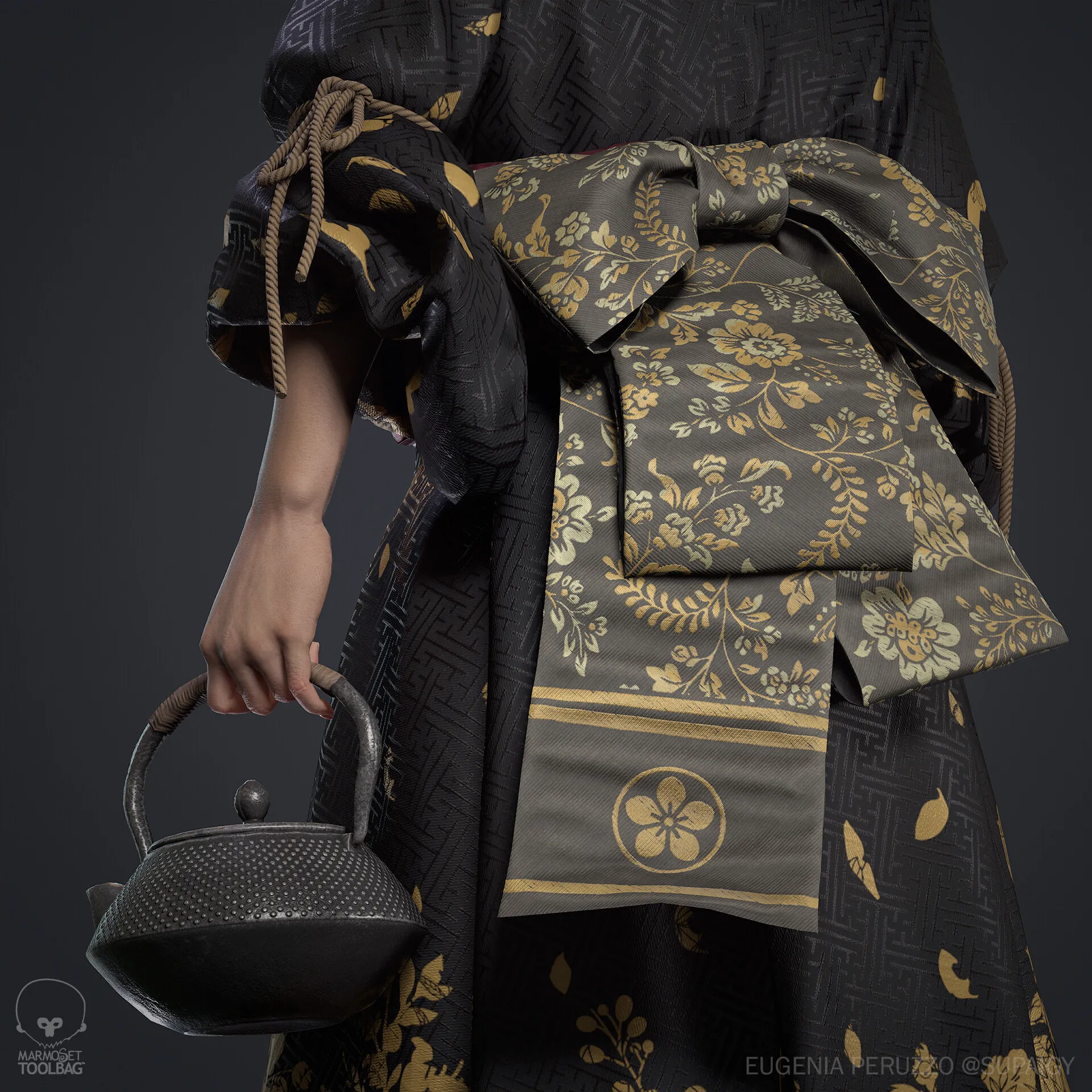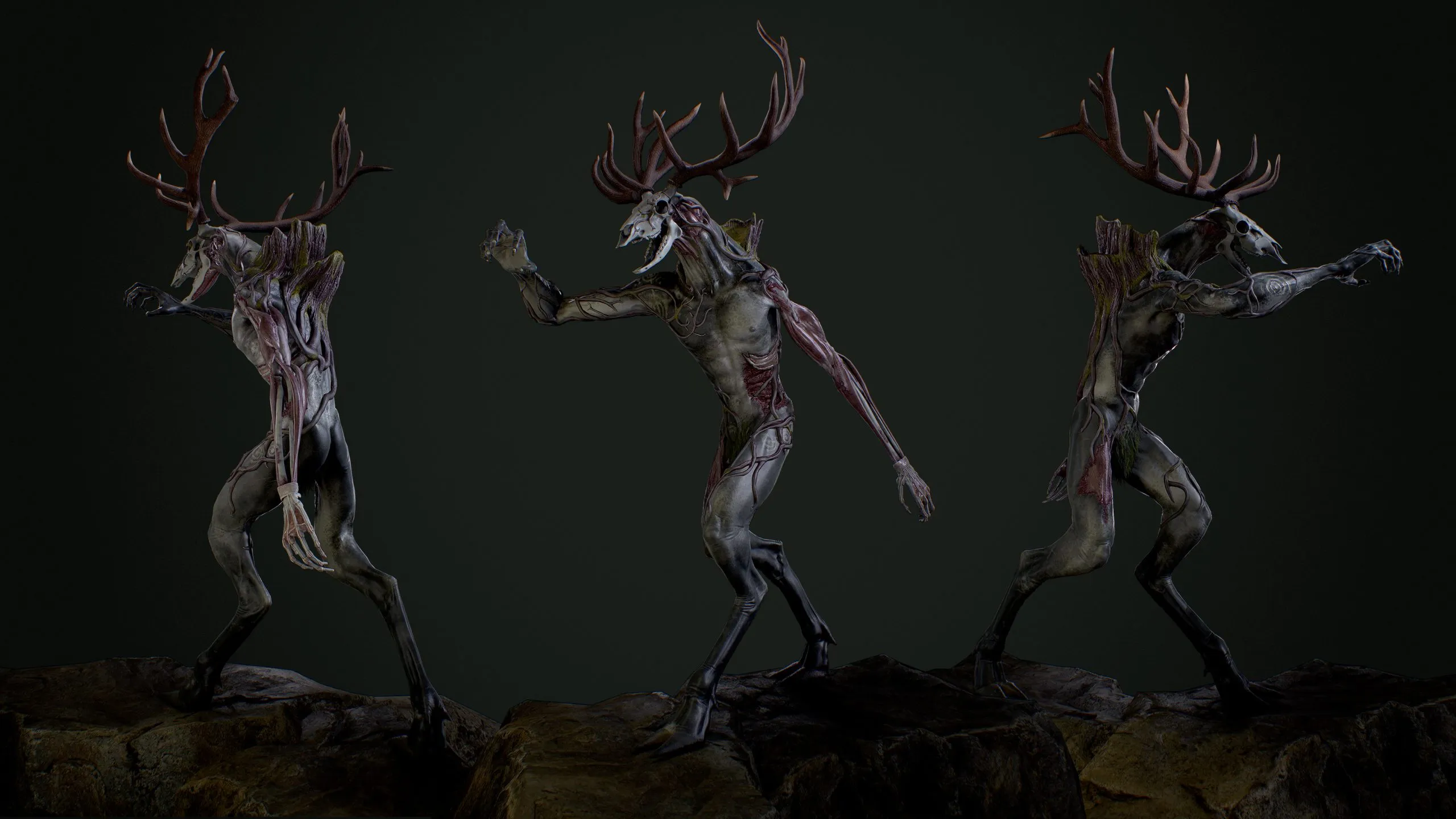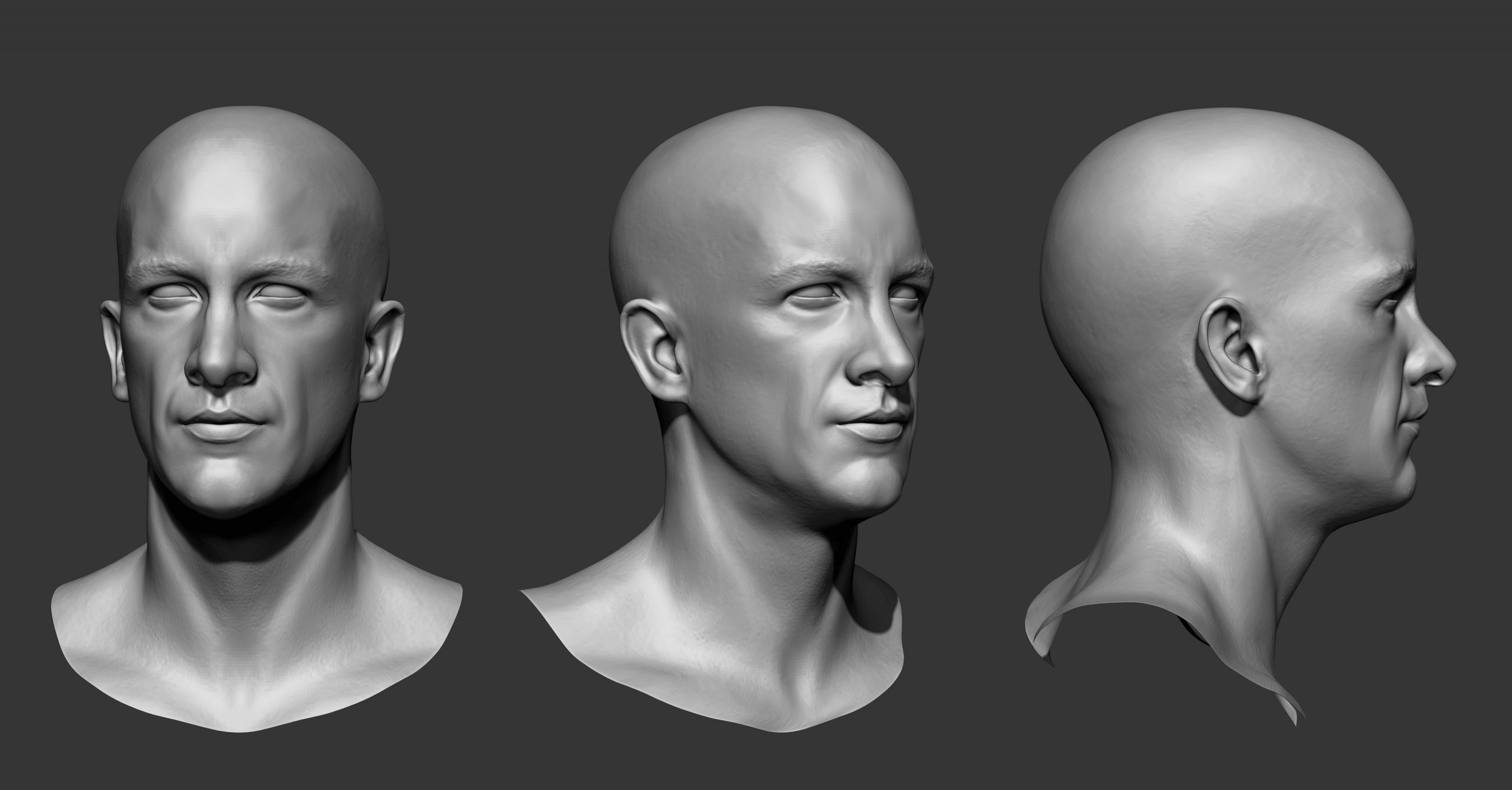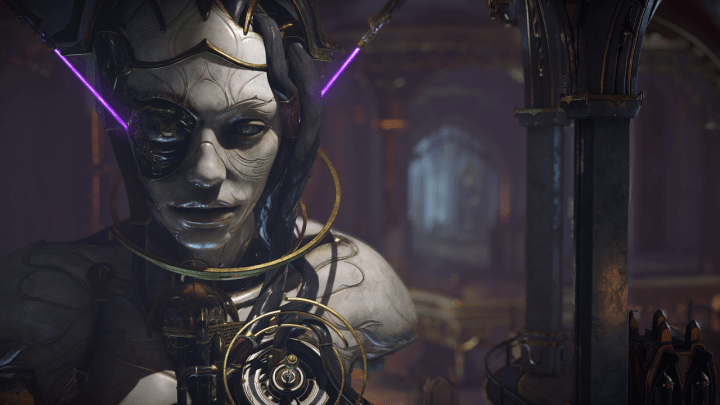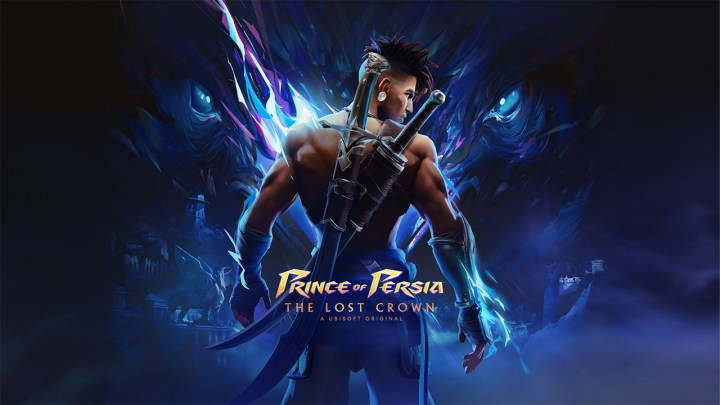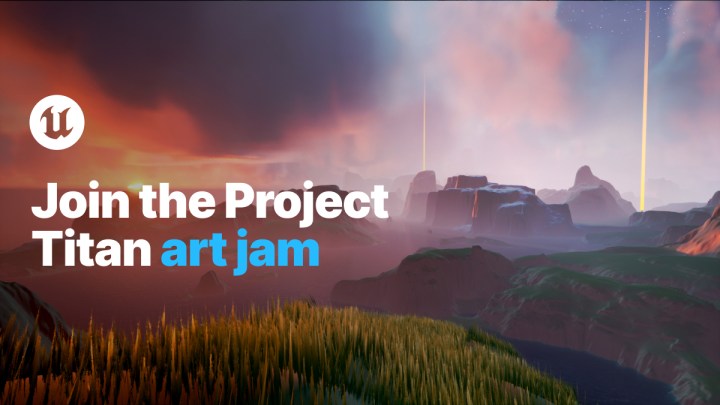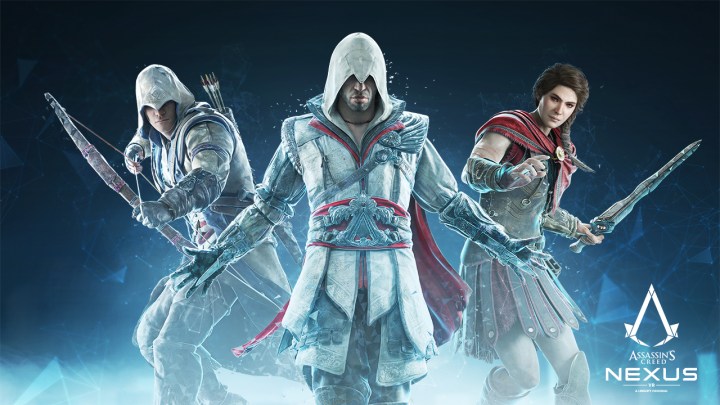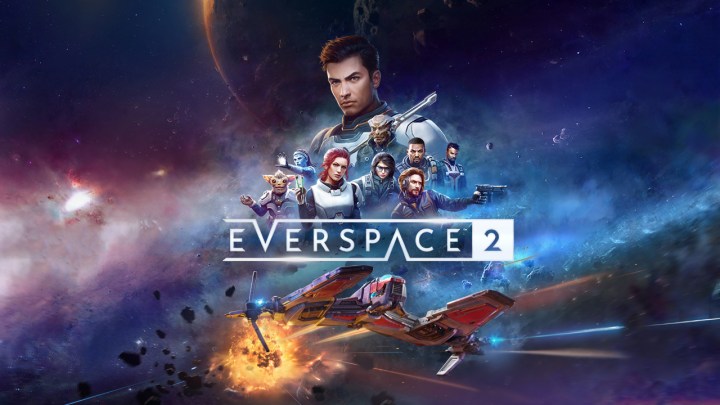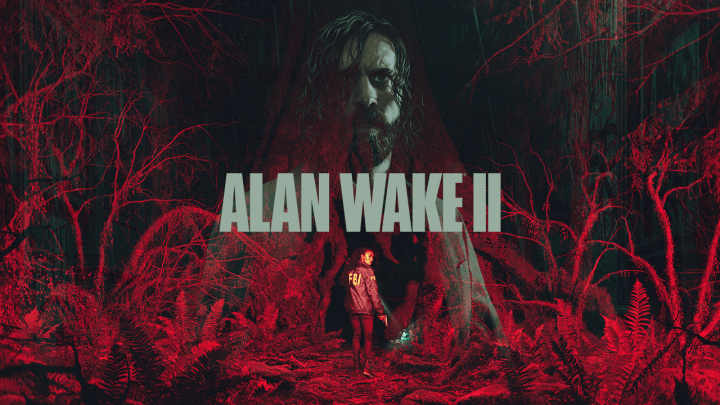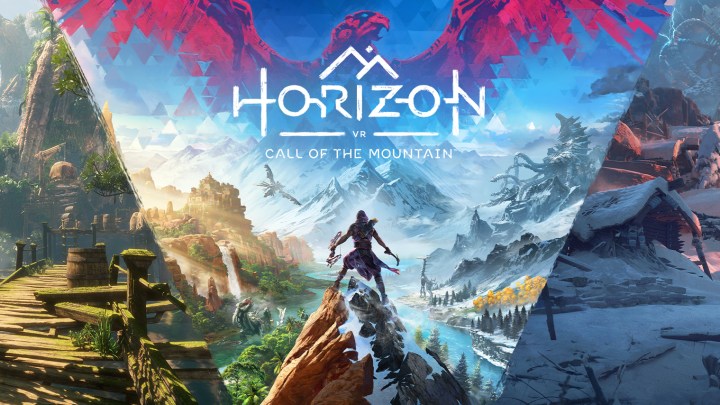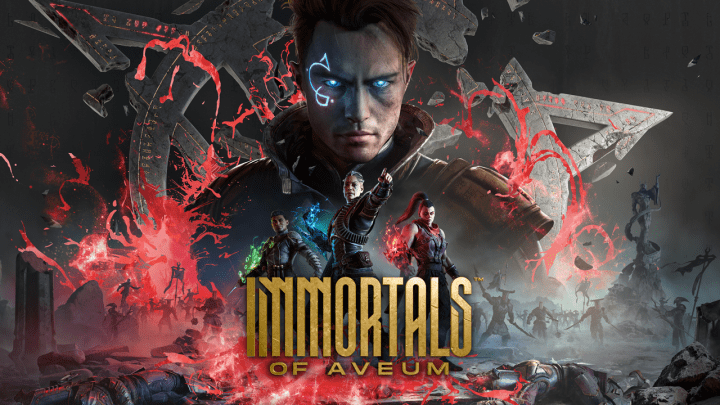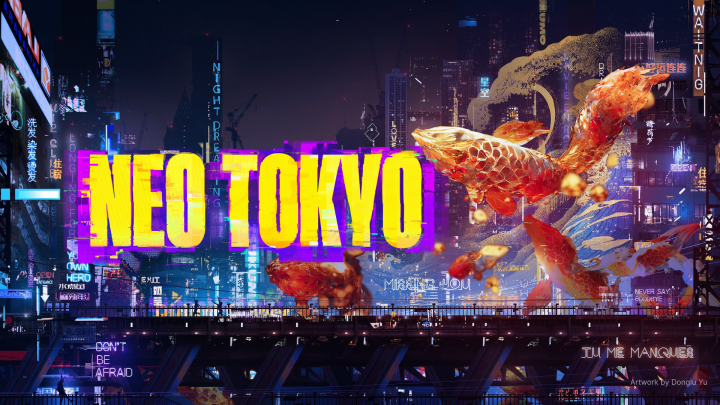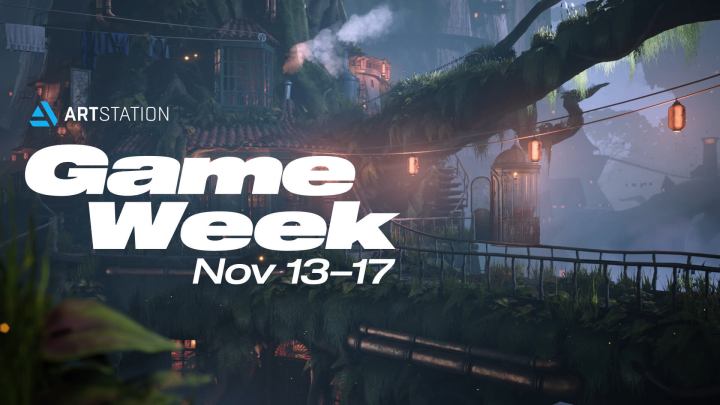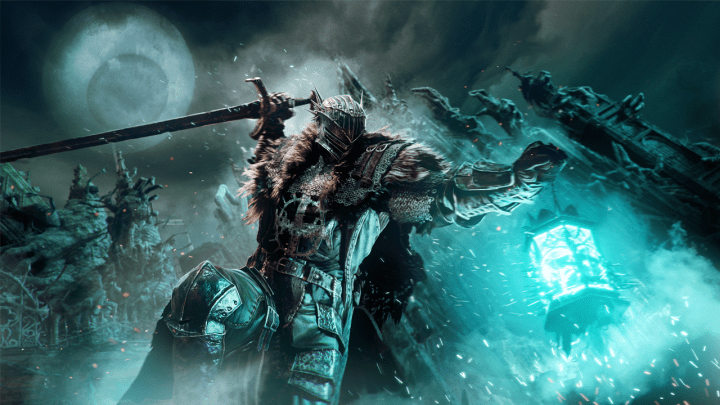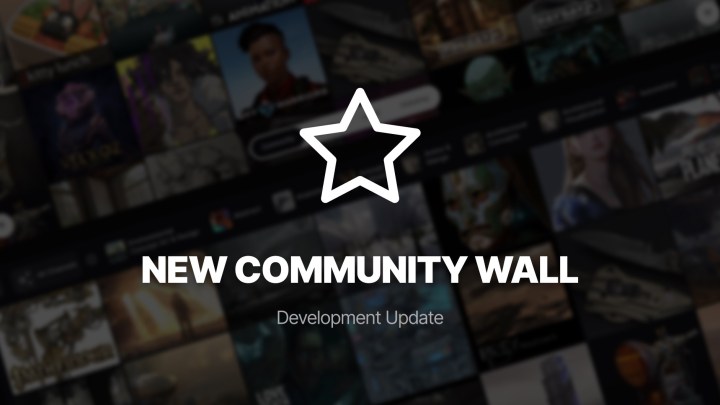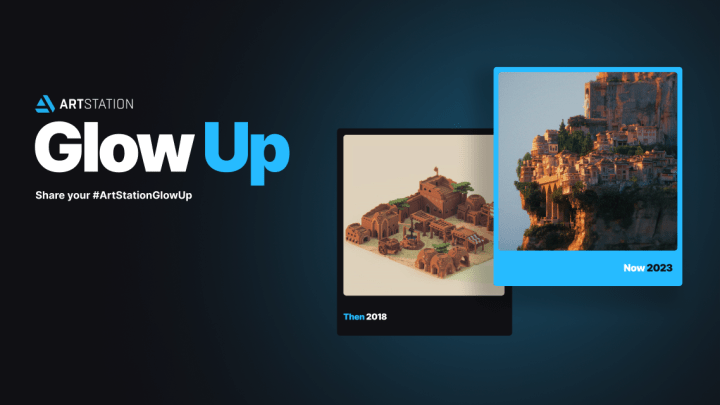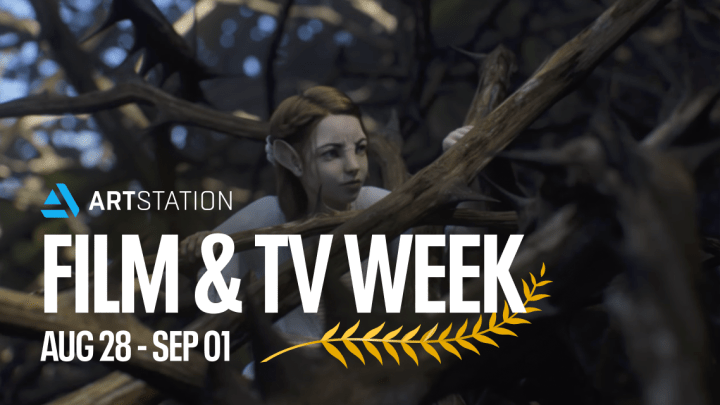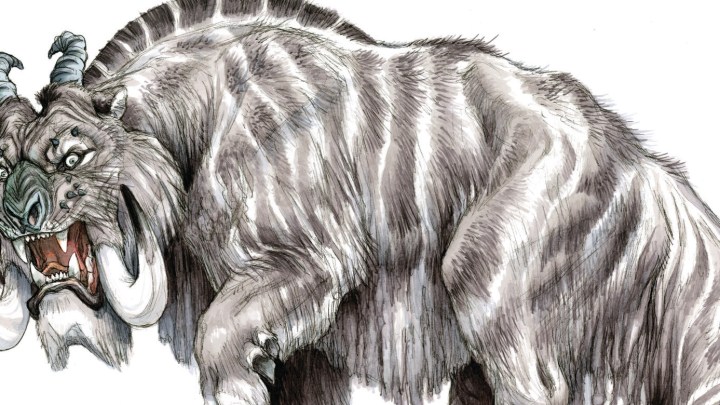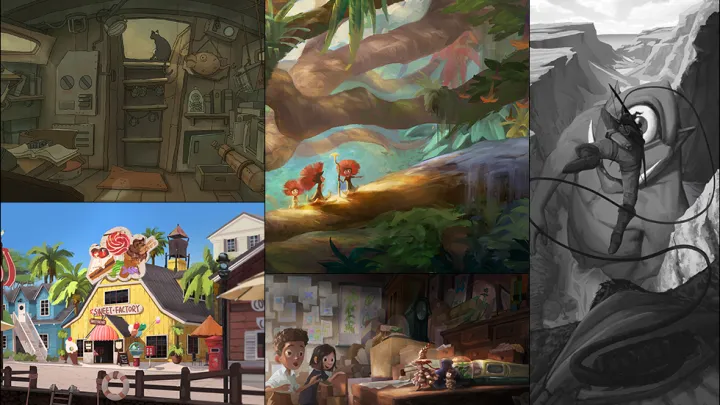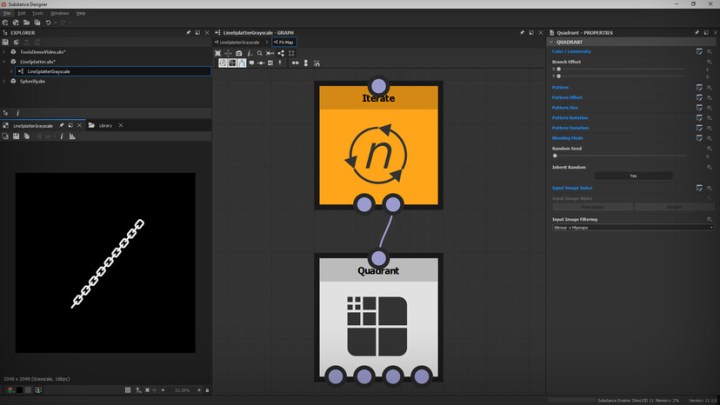Creating a Cyberpunk Style Outfit in Marvelous Designer with Eugenia Peruzzo
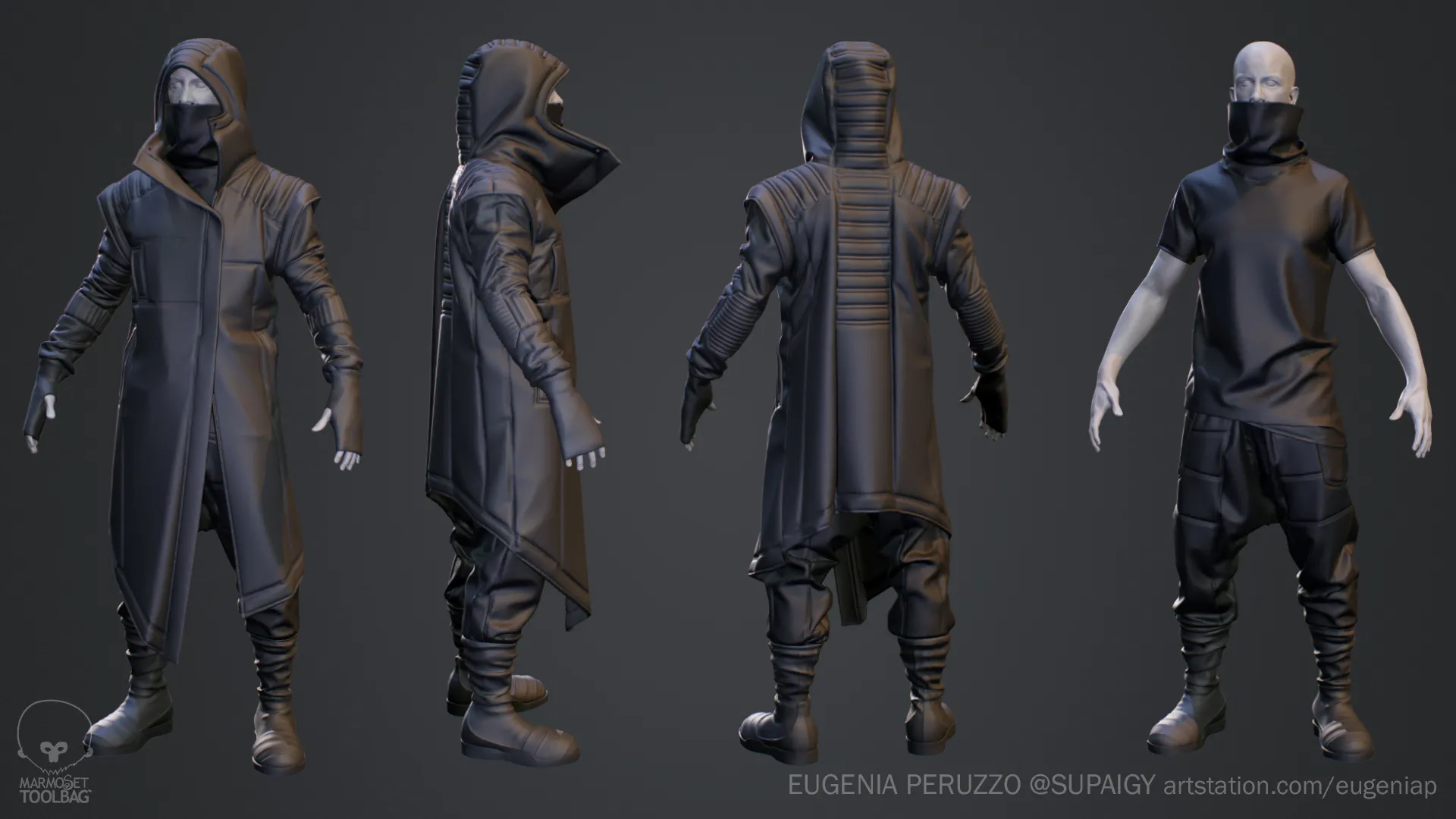 Character Artist Eugenia Peruzzo has recently created an in-depth tutorial series for making a cyberpunk outfit in Marvelous Designer on ArtStation Learning. We had the chance to chat with Eugenia and learn how an early interest in clothing design has become a career calling, and to learn what first-hand game industry expertise she’s put into the design of this series.
Character Artist Eugenia Peruzzo has recently created an in-depth tutorial series for making a cyberpunk outfit in Marvelous Designer on ArtStation Learning. We had the chance to chat with Eugenia and learn how an early interest in clothing design has become a career calling, and to learn what first-hand game industry expertise she’s put into the design of this series.
Eugenia Peruzzo is a Character Artist at Playground Games. She started her career as a Graphic Designer for fashion and advertising before moving into video games. She’s worked with studios and IPs all over the world, including Disney Pixar, LEGO, and Nintendo. Eugenia likes creating strong characters that provoke an emotional response. Her weapons of choice are ZBrush, Substance Painter, Marvelous Designer, and Maya. She mentors, regularly reviews portfolios of other artists, and speaks on panels. She also admins an Italian community of game artists on Discord, helping the game industry flourish in her own home country.
Behind the course:
My first experience with making clothes was at a very young age when my grandmother Severina became committed to teaching me sewing. She was a successful seamstress and made a career by selling her designs in her own shop, which managed to keep my father in university. She taught me by making me design and sew my own coat, from cutting the patterns on paper to fitting them to my body. Little did I know that those skills would be very handy once I started my career in video games.
As a Character Artist in games, I became very interested in Marvelous Designer. It has become one of the main tools I use every day professionally. It is industry-standard for AAA, essential to Character and Environment Artists. Marvelous can be used to design clothes not only for films and video games but also to make and test your own fashion designs. The software allows you to realistically simulate various types of fabrics with a very simple intuitive interface, which gives you immediate feedback while tailoring your own mesh. You can create and iterate on stylized or realistic garments faster than using traditional modeling or sculpting software.
My course in particular is tailored for game-ready asset workflows. I use Marvelous to create a solid, believable base of a garment that I later import into ZBrush to sculpt, detail, and make silhouette adjustments. The course covers up to and including the import into ZBrush. I explain my decision-making process as a tailor and game professional, giving you knowledge of the software and also tools to quickly make professional 3D outfit meshes.
Most memorable learning experience?
As an artist, I keep learning every day. But one of the most important lessons I’ve learned is how to manage my time effectively. I am a bit of a perfectionist, and I know many artists recognize themselves in this statement. I used to think this was one of my best qualities when it comes to artistic endeavors, but I learned this can also be an artist’s doom. Perfectionism is a double-edged sword. We risk being stuck in an obsessive circle where we are never happy with the work we produce, and never put it out there. Artistic growth is a never-ending learning curve. As artists, and humans, our time on this planet is limited and should be spent wisely.
While making a new project our skills are always improving. By the end of the production, we have learned so much by making it that to perfect it would mean starting the project all over again. This time could be best put into a new project where we could set ourselves different challenges while applying skills learned previously. When I am starting a new artwork, I now make a list of all the tasks needed to complete it, and I give myself a deadline for each one. By doing so, I can work to the best of my capabilities in that set timeframe, and find perfection again in this balance.
It is also about quantifying what I am trying to achieve with a particular piece, understanding when that particular goal is reached. When I was in university, there was a saying between my peers: work smarter not harder. The hard work we put into any project is nullified if you are not able to work within timelines, with other artists in the collective form of art that is making a video game. Putting all the details you can possibly add in a game asset that is going to be optimized anyway is a waste of time. I see many younger artists putting so much care on parts of their character assets that the end-user is probably never going to see. Remember that silhouette is queen!
Favorite features of Marvelous Designer?
Marvelous Designer is an awesome piece of software to create realistic 3D garments more easily and faster than using sculpting or modeling software. Before Marvelous, 3D artists sculpted wrinkles by hand. It took a long time and would not always look very realistic. Marvelous Designer allows you to iterate faster and fail earlier in the project. You can very quickly create a 3D preview of your garments to send for review. When receiving design changes, it can save a considerable amount of time compared to traditional pipelines as you don’t have to re-sculpt everything from the beginning, but simply run a new simulation without losing as much work.
Unlike most 3D software it requires a little knowledge on how to sew clothes, as the software was created originally for tailors and dressmakers. If you are new to this discipline, doing some background research will help considerably. At the same time, this learning curve is also what makes the software so interesting. It allowed me to make clothes from patterns without wasting fabric, and tailor my designs to my own characters. While the software is realistic, that doesn’t mean clothes will automatically look good, especially for games. To create aesthetically pleasing folds you might have to force them in place with pins; you will have to rely on your artistic sensibility, which is also what makes it so fun to use.
What inspires you when planning a new clothing design?
It is very important to expose yourself to as much good art as possible. By observing the work of others and building up a visual gallery of images in your mind you can improve and become a better artist. Spending time gathering references is such an important step. This helps to ground your work in the real world, no matter how stylized the piece you are planning. My grandmother used to ask my father to be driven to the center of Milan to copy the new trendy designs quickly on her notepad. She usually would get spotted and be asked to leave. We are so lucky nowadays we can access all that information with a few clicks.
I like to collect the work of contemporary fashion designers from Milan, Paris, and London runways or fashion magazines. Most of the time, they have already solved most of the design problems you are about to face. PureRef is a great software to store and visualize your references, and Pinterest is handy for storing, organizing, and finding future references. I also advise watching tutorials on how tailors put garments together. For particularly complex garments, watch videos on how people fold them. There are some books you can buy with generic patterns libraries, but they are rare, as most fashion patterns are considered trade secrets. You can always look in your own wardrobe or buy clothes to pick them apart.
1 sentence of advice?
It is not where you take things from, it is where you take them to.
This is a quote from Jean-Luc Godard that has been stuck in my mind since I heard it. Our industry is full of amazing artists, and it is easy to be tempted to follow the trends and replicate what other famous personalities already did. While it is important to look at their work and take inspiration from it, in the end, it is what YOU say with your work that matters. Your artwork should have your soul.
Many younger artists have confided to me that they feel crushed by being exposed to so much amazing work, and sometimes they experience feelings of jealousy and inadequacy. My advice is to use these feelings in a positive way by transforming them into curiosity, picking apart these artworks, and studying why they work so well and how they have been made. Also, remember to never be afraid to ask questions and say you don’t know something. We are all on a learning journey on this rock and nobody has all the answers, despite how it may appear.
ArtStation Learning courses are included in all ArtStation premium subscriptions. Find out more >
See more of Eugenia’s ArtStation portfolio here.
